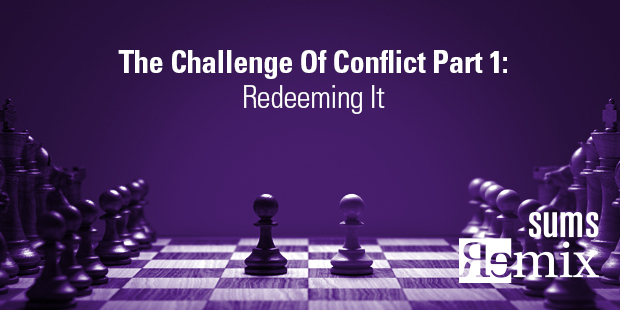
Hack the Church Conference Room: Part Two – Leading with Character
While the phrase “natural born leader” is often used, there’s really not scientific support for this phenomenon. In reality anyone could become a leader and everyone should grow as a leader.
To become a leader is to become a learner. Leadership is not a natural gifting but a set of abilities, and like any other skill set it is to be learned and improved.
Those who have chosen to take on or accept a leadership role must own their personal responsibility for developing their leadership ability.
THE QUICK SUMMARY – Integrity, by Henry Cloud
Integrity—more than simple honesty, it’s the key to success. A person with integrity has the ability to pull everything together, to make it all happen no matter how challenging the circumstances. Drawing on experiences from his work, Dr. Henry Cloud, a clinical psychologist, leadership coach, corporate consultant and nationally syndicated radio host, shows how our character can keep us from achieving all we want to (or could) be.
In Integrity, Dr. Cloud explores the six qualities of character that define integrity, and how people with integrity.
Integrity is not something that you either have or don’t, but instead is an exciting growth path that all of us can engage in and enjoy.
A SIMPLE SOLUTION – Lead with Character
Most people view integrity as an aspect of honesty. Integrity is adherence to code of ethics or set of values. It also involves how well our actions match our beliefs. It suggests a wholeness or coherence in our philosophies and values, in our public and private statements, and in our actions across a variety of situations.
In short, integrity is about character.
Character has components to it, or traits, and areas of functioning where it operates. Those contexts are the real places where our personhood and reality interface and results occur, either positive or negative.
Character = the ability to meet the demands of reality.
What I have tried to do is take aspects of character and put them into functions that tend to be different from each other, and therefore discrete, and at the same time, related to each other, and therefore integrated. If we have that combination, then we can focus on specific aspects of our makeup and, at the same time, be focusing on all of our makeup and getting it working together.
Let’s look at what those aspects of character are:
The ability to connect authentically (which leads to trust)
The ability to be oriented toward the truth (which leads to finding and operating in reality)
The ability to work in a way that gets results and finishes well (which leads to reaching goals, profits, or the mission)
The ability to embrace, engage, and deal with the negative (which leads to ending problems, resolving them, or transforming them)
The ability to be oriented toward growth (which leads to increase)
The ability to be transcendent (which leads to enlargement of the bigger picture of oneself)
Henry Cloud, Integrity
A NEXT STEP
Riders in London’s Underground (subway) are very familiar with the audible and visible warning to “mind the gap.” It’s a phrase issued to rail passengers to take caution while crossing the horizontal spatial gap between the train door and the station platform.
Maybe a more familiar use comes from the immortal wisdom of Rocky Balboa, when asked about what attracted him to his future wife, Adrian: “She’s got gaps, I got gaps. Together, we fill gaps.”
We all have gaps, especially when it comes to our character. Do not take this as a weakness, but instead think of it as chance to improve.
Look at the list of character traits above, and list them on a chart tablet. On a scale of “1” (I have little ability in this area) to “5” (I am very confident in this ability), assign yourself a number for each character trait.
The gap is our need and opportunity for growth.
For each character trait you scored between a 1 and 3, list actions you can take to advance the development of that trait to become a 4 or 5.
Excerpt taken from SUMS Remix 69-2, issued June 2017.
This is part of a weekly series posting content from one of the most innovative content sources in the church world: SUMS Remix Book Summaries for church leaders.
SUMS Remix takes a practical problem in the church and looks at it with three solutions; each solution is taken from a different book. Additionally, a practical action step is included with each solution.
As a church leader you get to scan relevant books based on practical tools and solutions to real ministry problems, not just by the cover of the book. Each post will have the edition number which shows the year and what number it is in the overall sequence. (SUMS Remix provides 26 issues per year, delivered every other week to your inbox).
>> Subscribe to SUMS Remix <<

Tags: Character, Henry Cloud, Integrity, SUMS Remix























